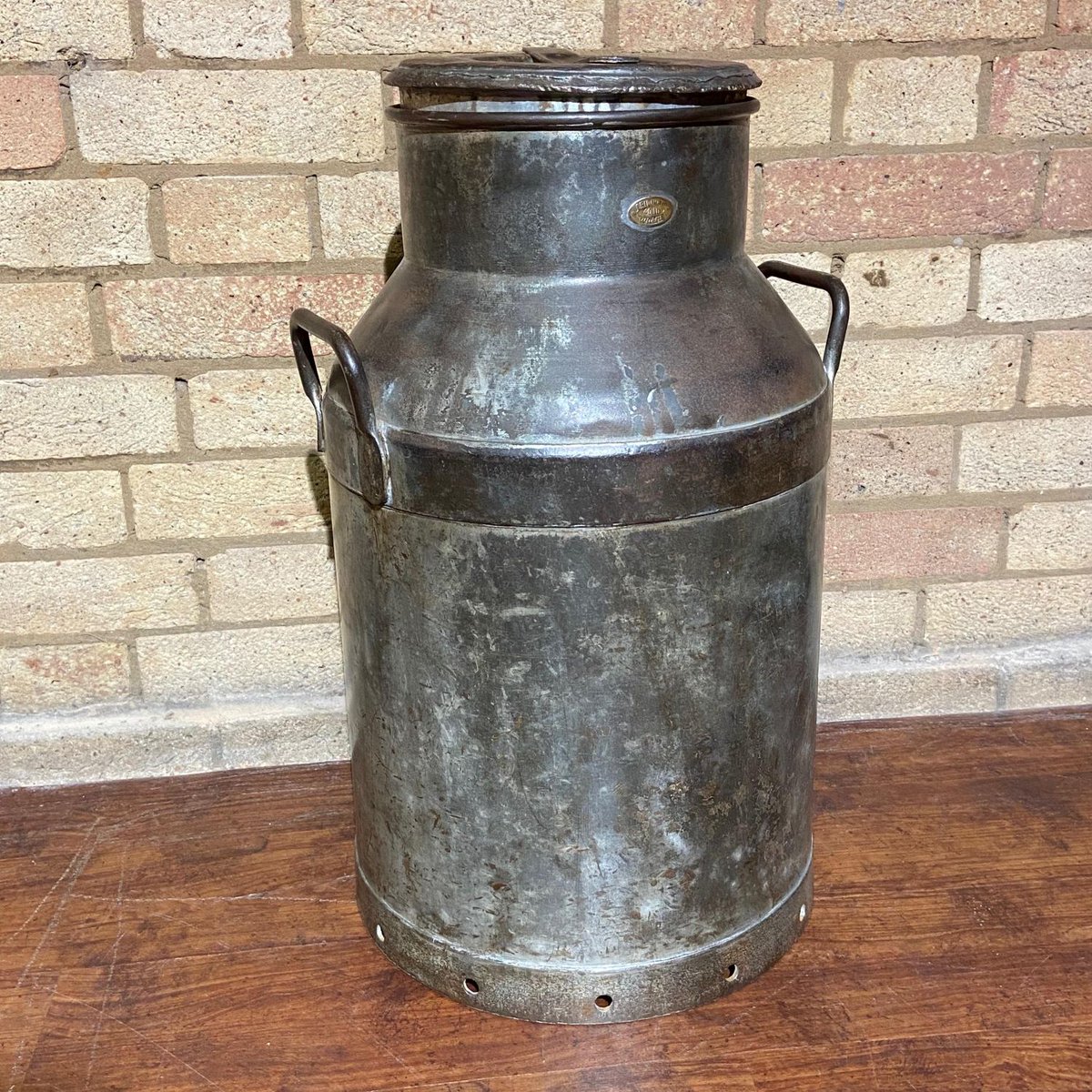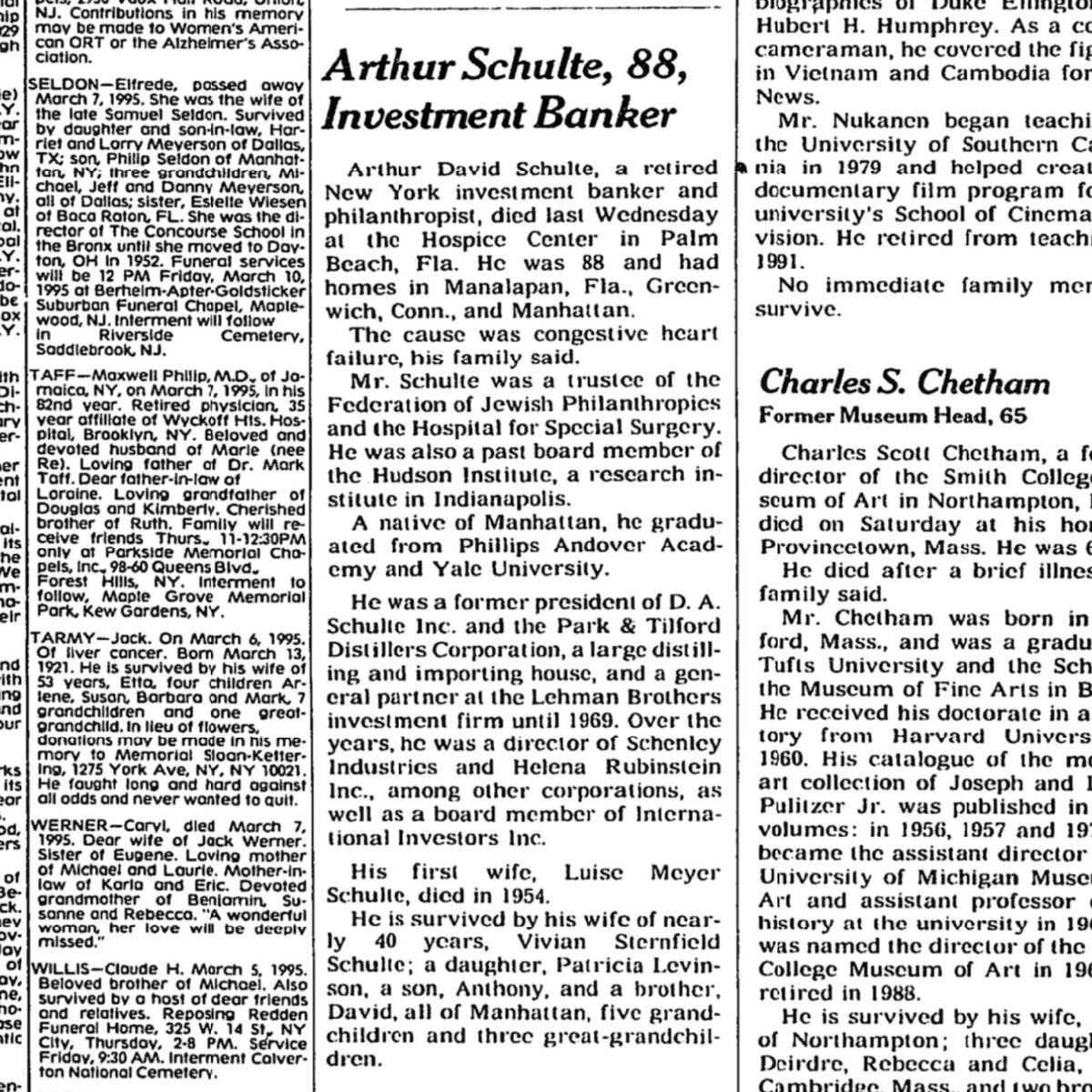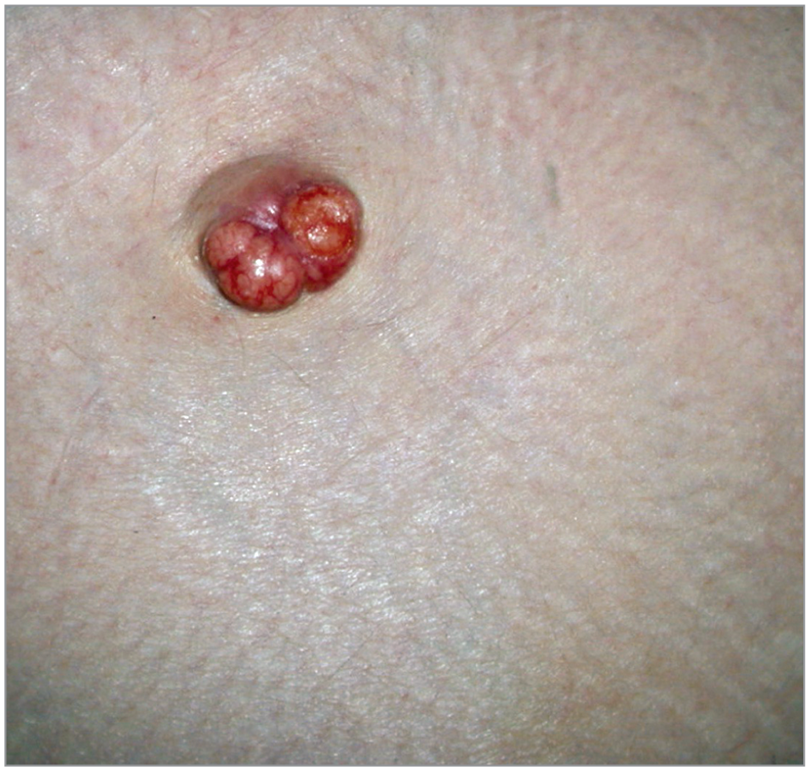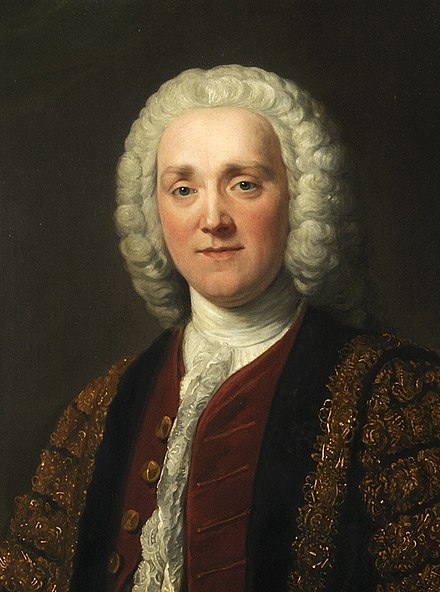
#HematologyTweetstory 34: Vitamin K. This tale includes 2 larger-than-life characters, self experimentation, & bloody cows. Also, yours truly was once *so* dedicated to hematology history that he drove to rural Wisconsin to search local property records related to this story.😉/1 



Melilotus: a genus of grassland plants originally from Eurasia, also known as “sweet clover” because of a vanilla-like scent (though the taste is bitter). Sweet clover was first brought to the US & Canada during the Colonial period, and became a useful farm animal feed./2 



In the winter of 1921 - a particularly damp season across the upper Midwest - farmers from Wisconsin to the Dakotas, from Ontario to Alberta, had cattle bleed to death. Many calves born the following spring were stillborn & deformed, as if they'd been exposed to a teratogen./3 

Frank W. Schofield (1889-1970), a Warwickshire-born Canadian veterinarian @OntVetCollege, linked these deaths to consumption of damp sweet clover. He published papers in 1922 & 1924. However his institution then increased his teaching load and had no money for further research./4 





Lee Miles Roderick (1888-1963) & Arthur F. Schalk (1880-1962), then at North Dakota Agricultural Experiment Station in Fargo, independently published the same observation in 1926 & 1928. In one case, 65 of 80 cattle dehorned by a rancher after eating damp silage bled to death. /5 







If Schalk’s name seems vaguely familiar, it may be because in 1931 he was the first veterinarian to identify a new epidemic respiratory disease in chickens that was later shown to be due to a novel virus. We know this family of viruses as… coronaviruses!😬/6 



Not every farmer believed sweet clover was the problem. In February 1933, during the heart of the Depression, a skeptical farmer from Deer Park, Wisconsin, named Ed Carlson brought a dying cow, a milk jug of non-coagulated blood, and 100 pounds of sweet clover hay to Madison./7 



Carlson intended to visit the Agricultural Experimental Station & tell the State Veterinarian how he’d fed sweet clover hay before to cows with impunity. But it was Saturday, offices were closed, and everyone was listening to the Badgers play basketball. The campus was quiet./8 



But Karl Paul Link (1901-1978) was working in his lab in the Biochemistry Building, and Carlson saw the lights on and entered the lab. Link was from Indiana but entered the Wisconsin-Madison College of Agriculture as an undergrad in 1918 and then stayed on the faculty. /9 





With urging from his students, Link agreed to look into the problem. Link reported how he sent a disappointed Carlson home and watched him drive off into a snowstorm. Seven years later, with his graduate students he reported isolation of the anticoagulant: dicoumarol. /10 

Normally sweet clover contains coumarin, which probably evolved as a defense against predators and by itself is not an anticoagulant The name coumarou is what the tonka bean is called in French. “Tonka” is itself a Galibi (Carib) word from the region now called French Guiana./11 





In damp, moldy feed or silage, fungi – Aspergillus, Mucor, Penicillium, Fusarium and so on – transform coumarin (itself hepatotoxic) & formaldehyde into *dicoumarol*, which has an anticoagulant effect for reasons discussed below. This chemical compound was patented in 1941./12 



For those who know about curing and laying up hay, this is why you should never store sweet clover hay until the moisture is down below 15% - 10% is better, to be safe. (This is the hayloft of my in-law's barn, which once contained such hay.)/13 

I've wondered if Link... made up the story of Ed Carlson? In Wisconsin in 1933, the name "Ed Carlson" was as common as John Smith in London or Phuong Ng in Vietnam. Years ago, I went to St Croix County to look at property records from the 1930s for Ed Carlson near Deer Park./14 



There was only one Ed Carlson of the right age, and he did not live in Deer Park. In addition, I checked weather records in Madison and there were no Saturday snowstorms in February 1933. Maybe there was a farmer, but with a different name. I think the story was embellished./15 



Anyway, Link realized that having a blood thinner could be useful medically, so he started to work on synthesizing analogues, and found that 4-hydroxycoumarin (patented in 1945) was 500 times more potent in prolonging prothrombin time than dicoumarol./16 

@UWMadison was a pioneer in tech transfer, having founded "Wisconsin Alumni Research Foundation" (WARF) in 1925 as a way to protect discoveries made by UW faculty & funnel the money back into research. This new compound became "warfarin." WARF’s endowment is now almost $3B./17 

Link gave dicumarol to MDs at Wisconsin General & @MayoClinic, who started using it as an anticoagulant for patients with thrombosis. An early patient: Arthur Schulte, an investment banker treated in 1939 w/ heparin, who lived for >50 more years (@isth has a Schulte lecture.)/18 







While Link was recovering from TB, he started to think 4-hydroxycoumarins was so potent it could be a rat poisons. Rats are intelligent & sensitive; one even made it onto a family birthday cake by request. They also fight. Rats who eat 4-hydroxycoumarin & fight bleed to death./19 





In 1951, a soldier who didn’t want to go to Korea took 567 mg of warfarin... but didn't die. This led to the idea that it might be useful as an anticoagulant. It is remarkable that 70 years later it is still used, though in recent years it has largely been replaced with DOACs./20 

A parallel track of discovery: the existence of the biochemical substance that dicoumarol antagonized. In 1929, Henrik Dam (1895-1976) in Copenhagen read a paper about how the Ontario Agricultural College had been feeding chickens chow depleted in cholesterol by chloroform./21 

Those chickens bled to death. Dam found cholesterol didn't restore clotting; something else was needed, some new "Koagulation" (Danish) factor. Edward Doisy (1893–1986), a Harvard PhD from Illinois and the first biochemistry chair @SLU_Official, isolated that compound in 1939./22 





Dam's "Koagulation" factor became known as "Vitamin K" - though it is not an amine, so really a "vitamer." The primary source of vitamin K is leafy greans, which use vitamin K for photosynthesis. Bacteria also synthesize vitamin K, including those that live in our gut./23 



Dam and Doisy won the Nobel Prize together in 1943. (Doisy earlier was overlooked for the Nobel for his independent discovery of estrone.) Because of the War, they couldn't pick up the prize until 1944; just as this year's laureates won't get to meet King Gustaf until 2021./24 

Twitter limits threads to 25 installments, so the 2nd part of this story, complete with the self-experimentation and another brilliant eccentric (Dr Hugh "Red" Butt @mayoclinic), will have to wait until tonight!/25 

OK, friends, let’s be honest: if your surname is Butt, your lifelong nickname is Red because of your ruddy complexion, and you become a gastroenterologist, you are going to need a thick skin to deal with all the ribbing. This was before anyone had heard of “microaggressions”./26
Butt was brilliant, and he served as the last assistant to Will Mayo, co-founder of @MayoClinic, before his death in 1939. Mayo had heard of the brash young man and called him into his imposing office for an interview for the role of his assistant./27 



“Butt, do you ever smoke?”, Will Mayo asked. “Sometimes, Sir.” “Do you ever drink too much?” “Occasionally, Sir.” “Butt- you’re the first house officer in decades who has answered those questions honestly.” (Reminscent of the tall tale of George Washington & the cherry tree.)/28 

In the 1930s, patients with advanced liver disease often bled to death: from failure to synthesize coagulation proteins. Butt had been doing research on extracting newly described Vitamin K from fish meal, and had done some experiments with chickens inspired by Dam./29 

Butt found that just giving vitamin K alone had little effect, but giving it together with bile salts allowed more rapid absorption./30 

Late one night, Butt was called to help a hospitalized man with chronic jaundice who was reported to be bleeding to death. He obtained his own bile by placing a nasogastric tube (like this YouTuber), mixed the vitamin with it, and put the mix into the patient's NG./31 

Within an hour, the bleeding had stopped; the patient eventually went home. Butt called it, the “first kind of miracle I’d ever seen.” Other groups had similar experiences. This research made Butt's career, and by 1967 he was medicine chair at Mayo, later @ACPinternists head./32 

A footnote about Butt: in 1972, ABIM discontinued the oral examination component of Internal Medicine board certification (example below). This was because whether a candidate passed the exam turned out to be related to who the examiner was, rather than candidate’s knowledge./33 



The hardest examiner was Butt. Allegedly one year, Butt was in a mood on oral exam day & failed everyone. So many people complained to ABIM that they realized the oral exam could never be fair. To Butt's credit, he was active early in civil rights & an accomplished sculptor./34 

Warfarin is still around as a rodenticide, usually in the form of potent "superwarfarins", eg brodifacoum. Thrombosis specialist Rajiv Pruthi @mayoclinic tells of a farm worker he saw who worked driving a mouse-infested truck. Every time he saw a mouse run across the cab.../35 



...the worker picked up a handful of superwarfarin and threw it at the mouse. Then he took a bite of his sandwich (without washing his hands). Eventually he developed epistaxis and was found to have an infinitely prolonged prothrombin time./36 



What does vitamin K actually do? It is a cofactor for the enzyme gamma-glutamyl carboxylase. Gamma-glutamyl carboxylase catalyzes post-translational modification of many glutamate residues, including those in coagulation proteins./37 



The resulting gamma-carboxyglutamic (Gla) residues efficiently bind calcium ions by chelating them between 2 carboxylic acid residues. That's essential for clotting. Gla-containing proteins: factors II, VII, IX, X, protein C and protein S, and protein Z (targets factor X). /38 

4-hydroxycoumarin (warfarin) and similar drugs are competitive inhibitors of vitamin K epoxide reductase, an enzyme that recycles vitamin K and allows it to continue oxidizing. This was first discovered by 2 groups in 1974./39 





And that's a whirlwind tour through vitamin K's discovery and its role in clotting./40End
• • •
Missing some Tweet in this thread? You can try to
force a refresh






























